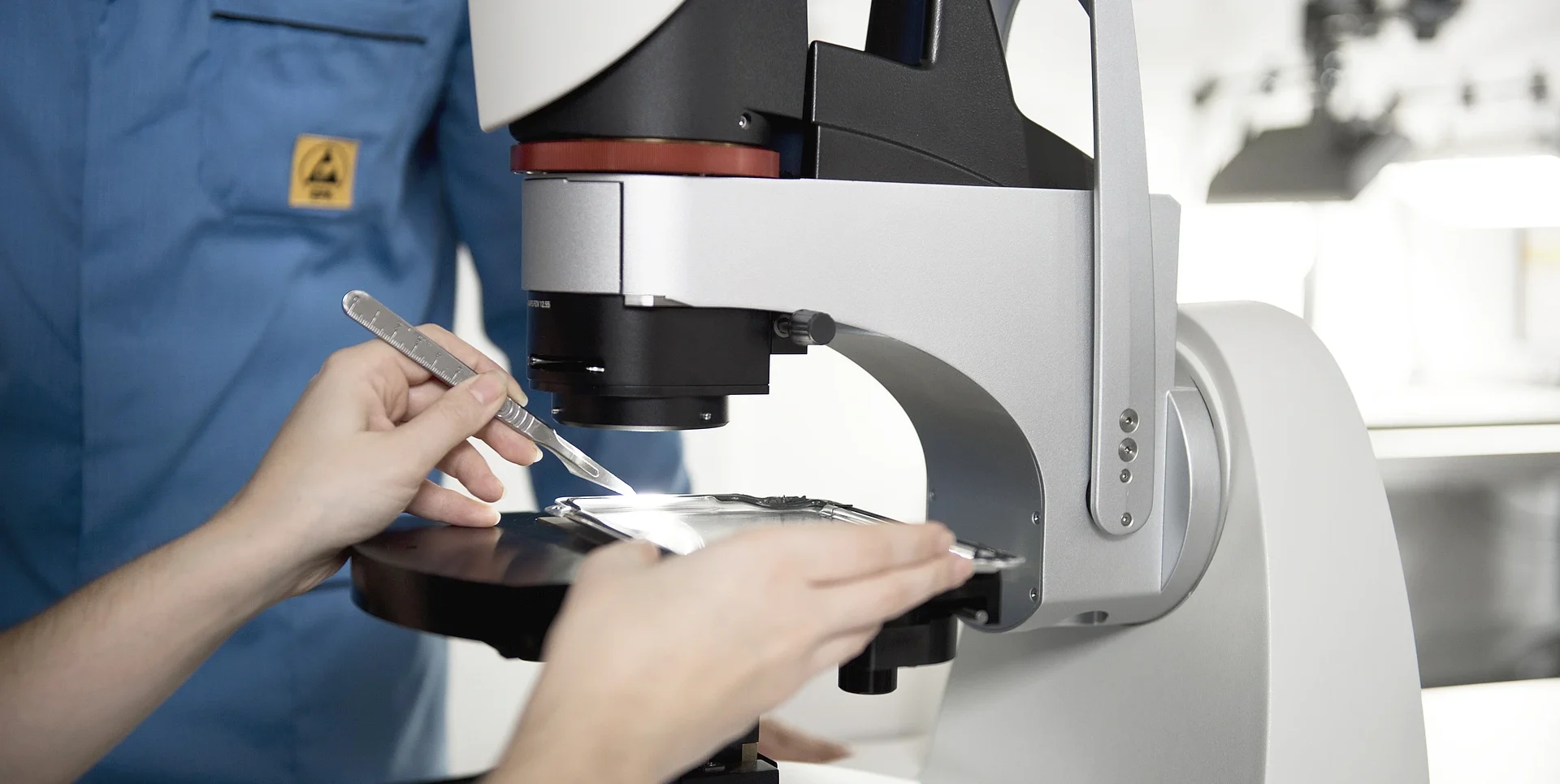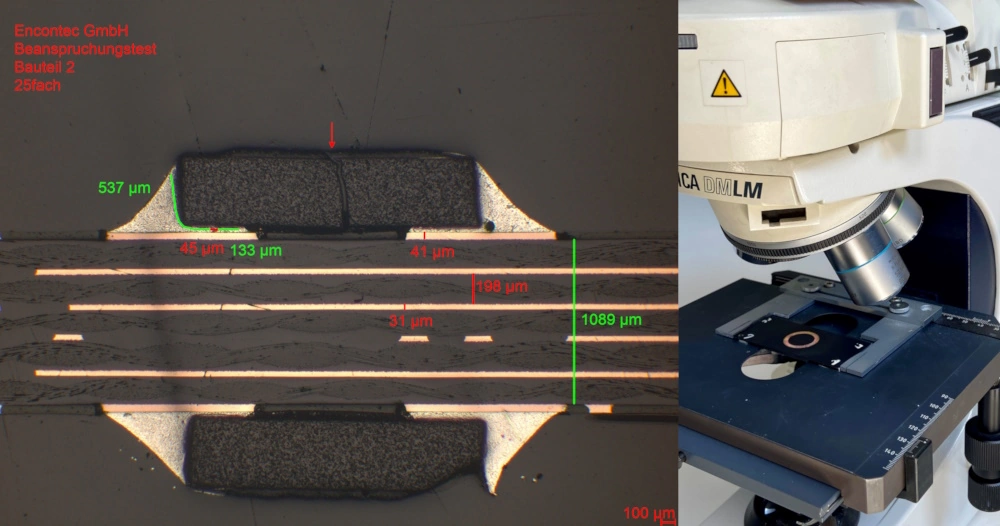
Recording of results during the examination
Diagnostics of test specimens (NDT) according to DIN EN 13018
Reliable visual inspection plays a central role in production and quality assurance. NDT findings in accordance with DIN EN 13018 provide a standardized basis for systematically identifying, evaluating and transparently documenting external features, deviations and defects. Thanks to clear processes, defined inspection capabilities and structured reports of findings, we enable consistent inspection results, comparable quality levels and seamless traceability. The aim is to identify potential defects at an early stage, assess their impact on product quality and thus increase reliability, compliance and customer satisfaction.
Quality assurance through the diagnosis of test specimens
We identify defects or deviations and carefully assess their impact on the quality of your products.
Purpose:
Visual inspection for external characteristics, deviations and defects with findings in the inspection report.
Standard reference:
EN 13018 - Basics, terms, procedures and documentation.

Diagnostics of test specimens (NDT) according to DIN EN 13018
Procedure:
- Preparation: optimal viewing conditions, inspector qualification according to EN 13018
- Inspection: direct view of the object or indirectly with aids
- Identification: Recognizing and evaluating defects
- Documentation: findings in the protocol with characteristics, type, extent, location, dimensions if applicable; comprehensible QM documentation
Advantages of DIN EN 13018 documentation practice:
- Standardized language, comparability of test results
- Clearly defined requirements for procedures and tools
- Support for quality assurance through structured reporting and comprehensible protocols
Typical defects:
- Mechanical damage - cracks, scratches, dents
- Surface defects - dirt, burrs, irregularities, color changes
- Assembly errors - Incorrectly assembled components, insufficient connection
- Weld seam defects (starts, spatter, undercuts) - depending on visibility/access
Your advantage:
- Consistent quality and reliability
- Flexible adaptation to your requirements and standards
- State-of-the-art technologies & trained specialists